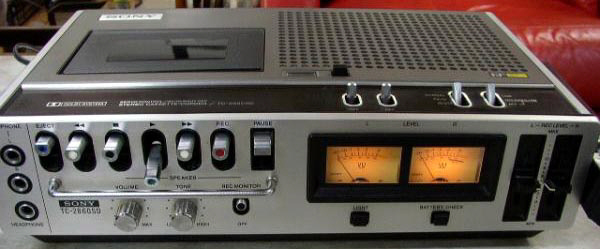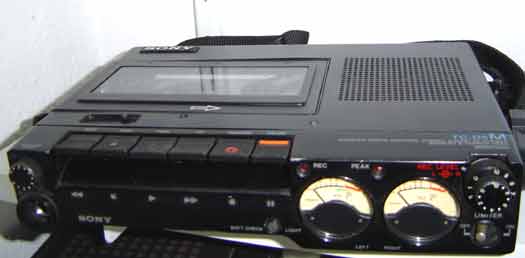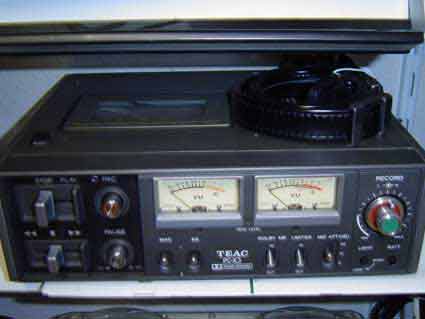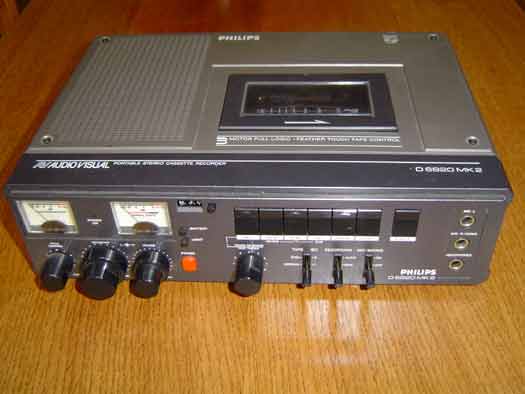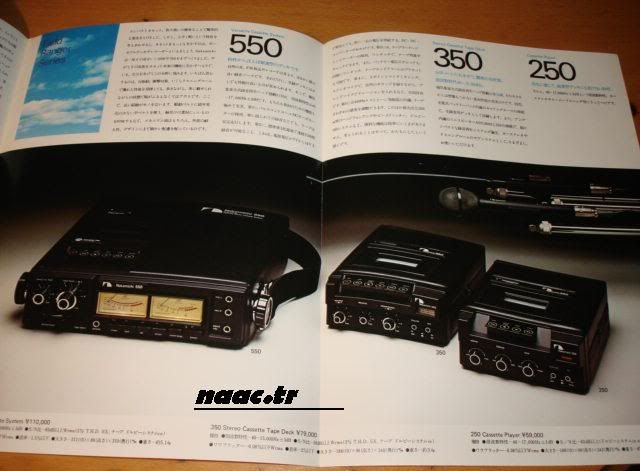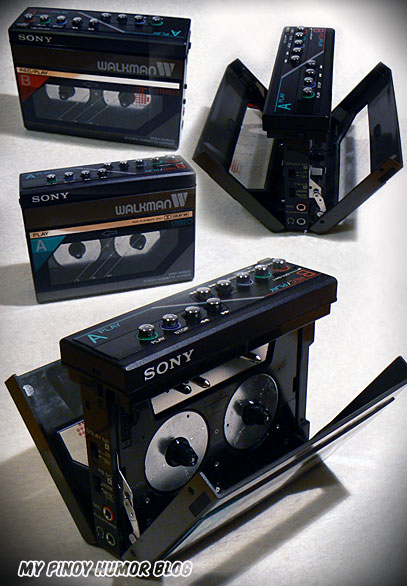Well, since we are picking nits here, D6C and the entire DD range of walkmans are NOT direct drive per-se. Direct drive system applies to capstan servo motor where the rotor's shaft is essentially the capstan shaft. In home cassette decks this is possible because a deck with directly driven capstan has several motors so one of those can be exclusively used specifically for capstan. This is not possible in the DD range for two reasons:
1) At the time the DD series was developed (Sony WM-DD in 1981), it was basically a derivative on the Sony WM-2 mechanism (belt drive). At that time there were no dual-rotor motors that worked on the basis of electromagnetic induction so the motors were larger. They had to be fitted in a way that the rotor's shaft was perpendicular to the axis of the capstan. If it was a true direct drive, the walkman would be at least 50mm thick and it would be necessary to have multiple motors which would certainly prove nearly impossible (though Sony WM-7 had 3 motors in fact but still belt driven)
2) If the motor's rotor shaft is indeed the capstan shaft, then there can't be any reduction system used that would share some of the momentum with different functions of the deck. In other words, it can only be used for that purpose if precision is to be expected. Any change in the rotational speed would be instantly noticeable in the sound not to mention that the motor would have to be frequency controlled.
However, all of this is academic because it doesn't touch the real nature why Sony chose a disc-driven capstan. In a conventional belt system, inertial forces of the capstan flywheel something that has to be dealt with. Not very complicated in a static system but in a dynamic system where movement of the unit causes significant forces (both translational and rotational) serious problems with regards to speed stability can arise. This is why Sony decided to replace the capstan flywheel with a disc. Disc is in the direct contact with the motor and rather than having flexible material which by means of axial forces (in the direction of the belt) pulls the wheel, you have the motor moment (or rather the moment of it's reduction gear). It's a basic mechanics principle where two forces of opposite directions (aka the belt forces) at a certain distance (aka the diameter of the flywheel) is replaced with one momentum that acts in a single point. If not entirely eliminated, inertial forces are minimized this way and as a result, speed stability remains the same under all conditions. So, if not really a direct drive, it is as close as it can be in a package of this size.
